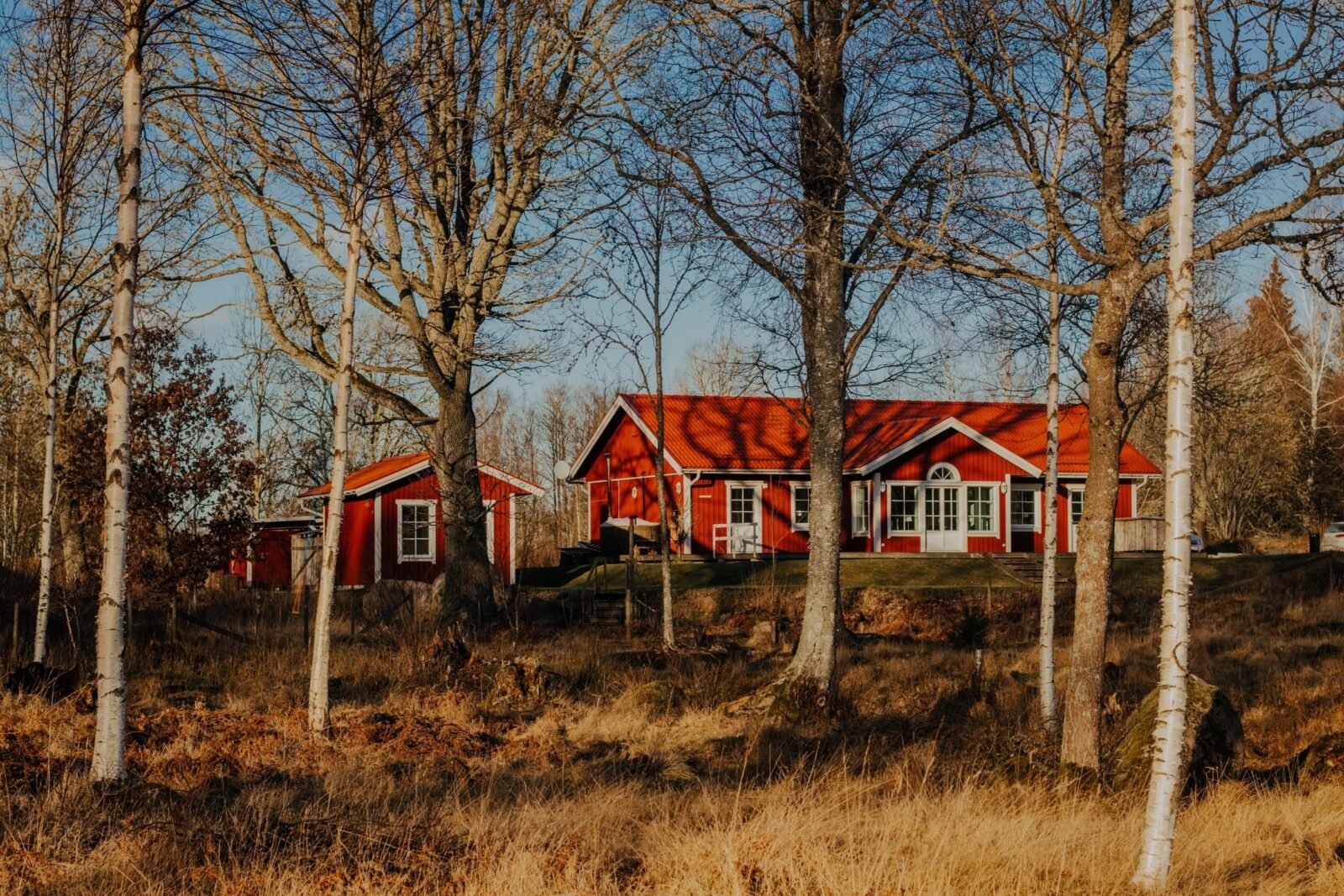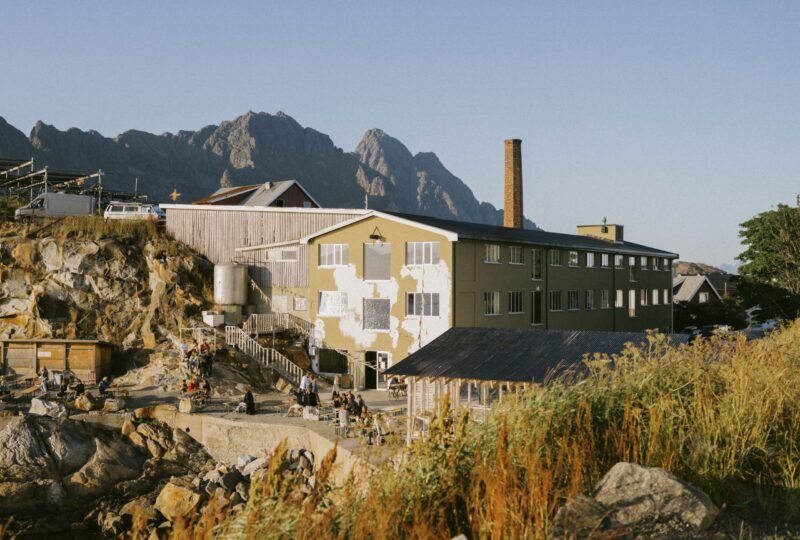Instagram Channel Helps City-Leavers Find Their Dream House in the Countryside

Has this Instagram account Cheap Old Houses sparked a revival of unique, old (and cheap!) houses and saved the American architecture of times gone by?
Instagram account and subscription service Cheap Old Houses lists cheap doer-uppers across the USA, and occasionally abroad, which offer the opportunity to fix up a unique and often grand house of the past. Targeted at millennials and harnessing the aesthetic-focussed power of Instagram, Cheap Old Houses’ listings have been “saved” from total disrepair by ambitious buyers ready to renovate their new house in reward of a unique and historic property.
With images of incredible but neglected (or even abandoned) buildings for as low as $50,000, Cheap Old Houses’ feed certainly catches the eye on social media. They have even used the appeal to exclusivity with their private Instagram account and “secret” listing newsletters. But is it the age of social media driving and the goal of a certain ‘aesthetic’ driving young American home hunters to turn to suburban doer-uppers or is this part of a bigger trend in migration away from the city?
Cheap Old Houses’ properties definitely appeal to many Instagram users in selling the dream of cheap houses in a largely unaffordable housing market. They are described as being in need of being “saved” by a buyer to preserve the history and unique architecture or style showing the potential of the houses to be transformed into something spectacular and interior design blog worthy. And yet, these houses are often outside the city, away from the work and social hubs and — by necessity of the conditions that produce many of these cheap houses — in areas of disinvestment. Is the new American Dream a question of aesthetics or suburban life or is this a new frontier of gentrification?
It echoes the gentrification of Brownstone Brooklyn — albeit more dispersed and not concentrated in one neighbourhood — with the movement into cheaper areas and the potential to flip properties for profit. Nonetheless, it is undeniable that there seems to be a movement away from cities towards more suburban and even rural areas for a range of reasons and this seems to be another example of a generation of “city-quitters”. These buyers across the USA are choosing to reinvest in old buildings and relocate to small towns rather than the sameness of city centres and gentrified downtown neighbourhoods, non-stop city life and the oversaturated housing and rental market.



